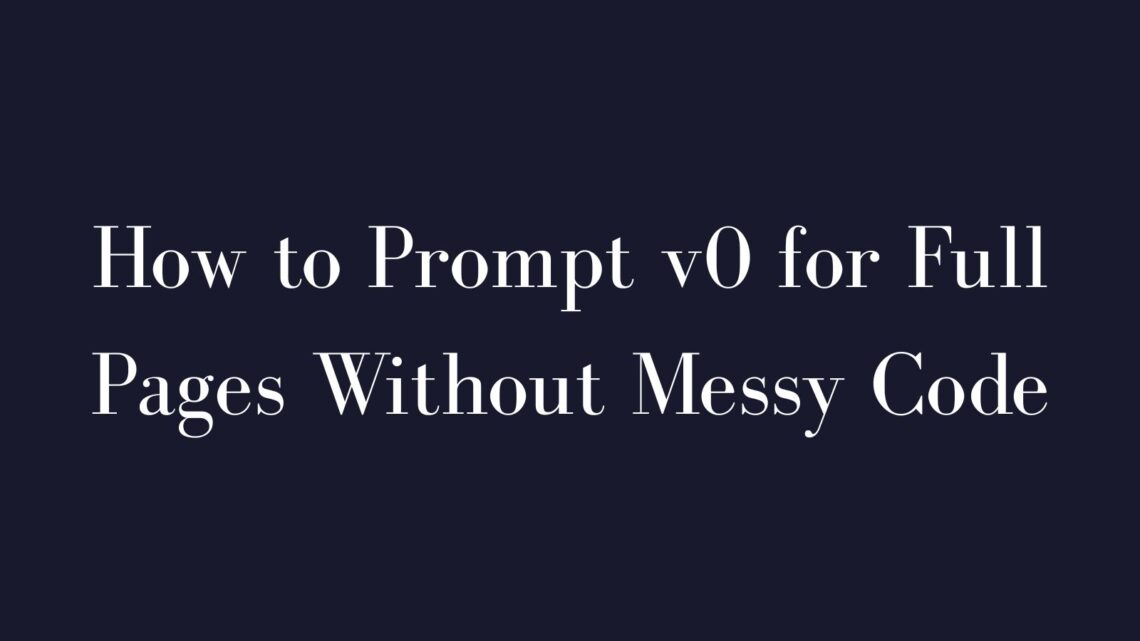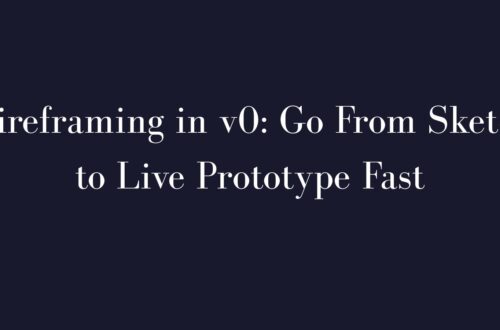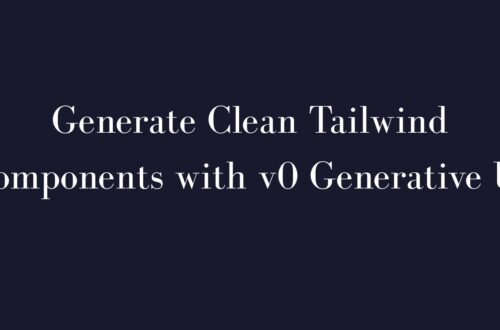vercel’s v0 can turn a short text prompt into a working next.js page, but only if the prompt is sharp. this guide shows you how to craft page‑level and component prompts, give layout hints, handle state, and iterate so your final code is clean and production‑ready.
Page‑Level Vs Component
page‑level prompts
- ask v0 for a complete ui in one shot (e.g., “inventory dashboard with header, search bar, product table”).
- great for quick scaffolding—v0 can spin up multiple files in seconds (source: datacamp.com).
- risk: broad prompts may yield bloated files or inconsistent patterns. users report that code “implementation patterns change ‘randomly’ when you try to change stuff” (source: reddit.com).
component prompts
- target one piece at a time, such as
<Header>or<Sidebar>. - produce modular, maintainable files that you assemble later.
- takes more prompts but lets you test each piece in isolation. experienced users advise “start simple, iterate 1 change at a time”.
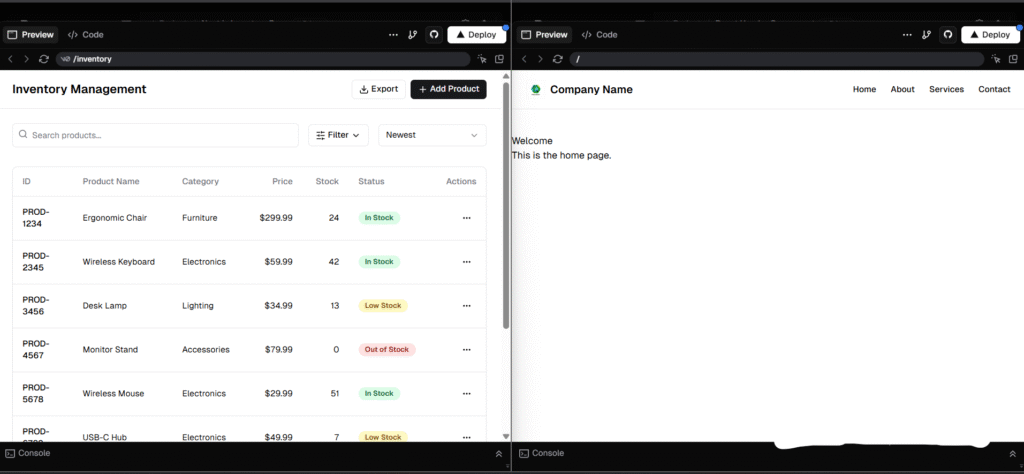
Layout Hints
clear instructions cut ambiguity and prevent tangled markup (source: vercel.com).
- outline the sections – “header with navigation, fixed left sidebar, main content, footer”.
- specify structure – “two‑column flex; sidebar 280 px; main scrolls”.
- use or override the default – v0 outputs react + tailwind with shadcn/ui components unless you say “use material ui” or “bootstrap grid”.
- state design preferences – “modern minimal, brand‑blue #1E40AF, subtle card shadow”.
- reference images/figma – drop a screenshot and tell v0 “match this”. vision mode can map the layout (source: reddit.com).
after generation, inspect the markup: header in <header>, main in <main>, semantic tags intact. if the sidebar isn’t fixed, prompt: “make sidebar fixed”.
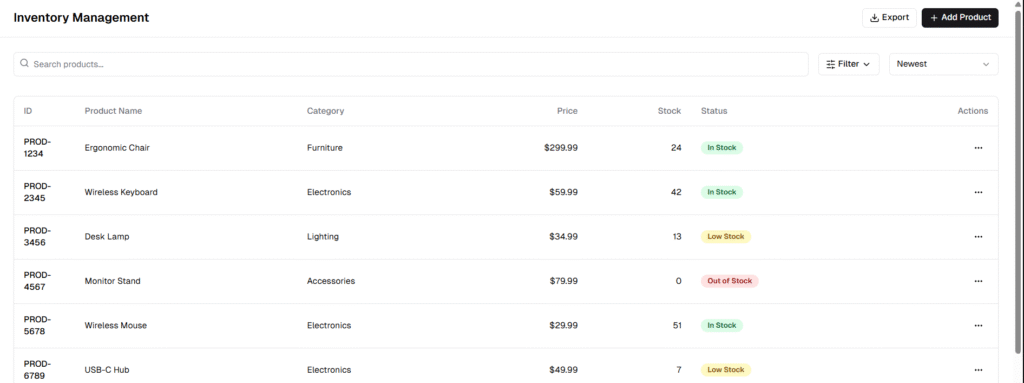
Handling State
state turns a static mock‑up into a real app. tell v0 exactly what must be dynamic.
- declare interactions – “modal opens on button click; use
useState”. - forms – “validate on submit and show inline errors”.
- next.js app router – remind v0 to add
"use client"at the top when hooks are needed. - global state – “use zustand for product list store” (source: reddit.com).
- data fetching – “fetch rows from supabase” (v0 writes fetch code but you supply api keys) (source: v0.dev).
- consistency – mention your preferred pattern every time: context, redux, single reducer, etc. this stops v0 from switching styles mid‑project (source: reddit.com).
always run the preview. if “add to cart” doesn’t mutate state, say “fix add‑to‑cart, it doesn’t update”.

Iteration Strategy
- start simple: scaffold the page skeleton first
(“blog homepage with header, list of article cards, footer”). - one change per prompt: add a sidebar, then thumbnails, then pagination. small diffs are easier to inspect).
- review & test each step: use the preview and the code diff viewer (source: datacamp.com).
- ask for refactors: “split this giant file into smaller components”. v0 can do it.
- stay consistent: reuse names (“inventoryTable” not “productGrid”) and paste a short style guide to the chat.
- export often: copy code to git or use the v0 cli, then continue prompting on top of the clean version.
FAQ
I Keep Running 10–20 Generations Before I’M Happy. How Can I Cut That Number?
break the job into smaller prompts and add detail incrementally. specific instructions reduce guesswork, so v0 needs fewer retries.
Is It Better To Let V0 Build The Whole Page Or Do Components?
for prototypes, full page is fastest. for production, component‑first yields cleaner code. many devs hybrid: full page, then refactor pieces separately.
The File V0 Outputs Is Huge. Can I Force Shorter, Cleaner Code?
prompt “split into separate components” or “simplify this file”. include your naming conventions and ask for comments. v0 will refactor and shrink the file.
Can V0 Handle Data Fetching And Forms Automatically?
yes, if you specify the behavior and give an api endpoint or dummy data. always preview and tweak credentials or edge cases yourself.
